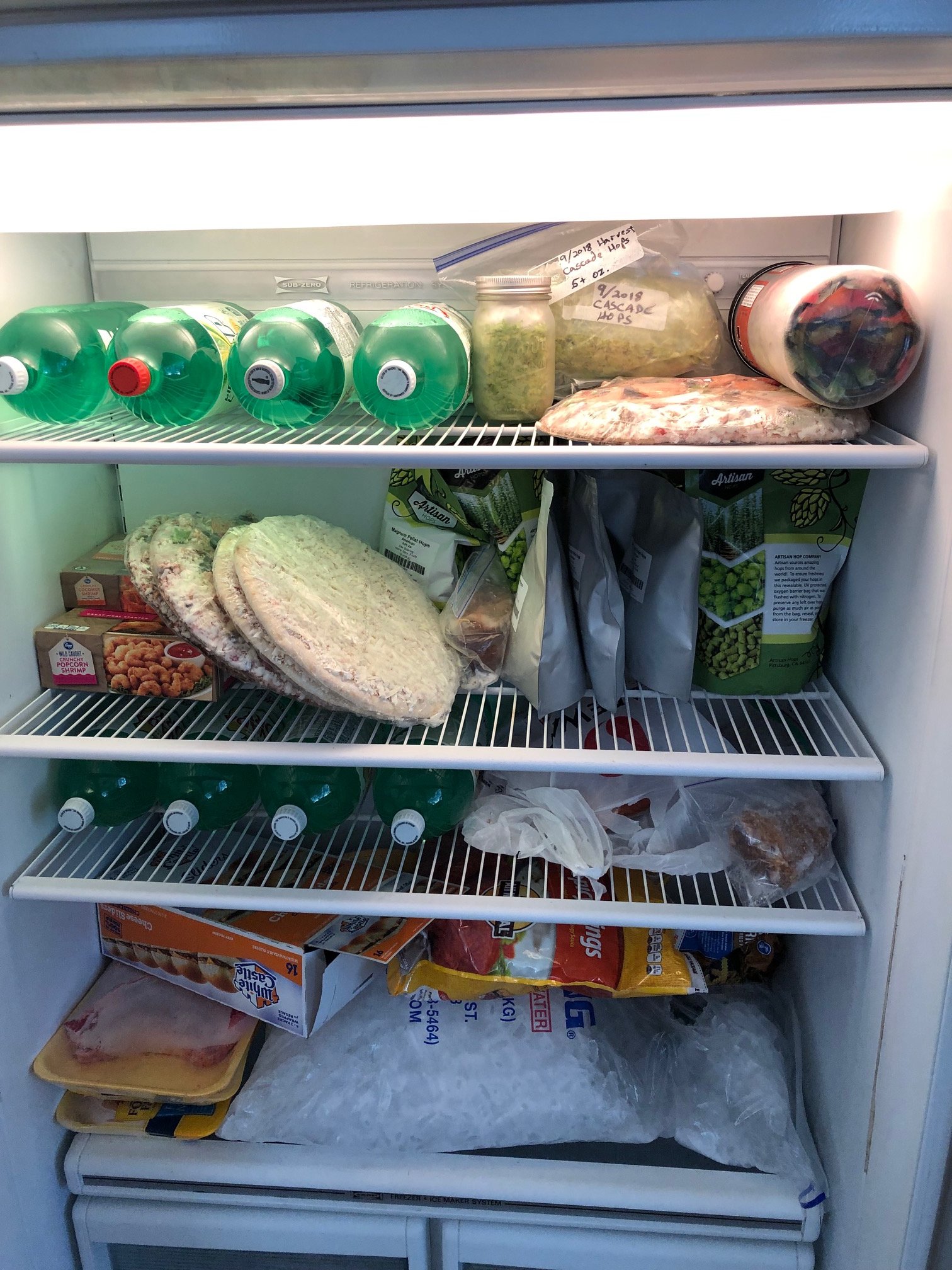Here's my read on this:
I bought a Penguin last summer, the 1/2 HP model. Here are the two things that caused me to choose the Penguin over the Icemaster:
1. Smaller reservoir. I'm not sure why they need an 8-gallon reservoir, and that struck me as too large, esp. if I went to a 50/50 glycol/water mix. Of course, you don't have to go to that level, but I still couldn't see why that large a reservoir.
2. It's on wheels and has a more vertical form factor, as opposed to the Penguin which is more horizontal. The Penguin fit my space better (pic below showing where I had to put it).
Now, that said--if you'd presented me with the Icemaster at $680 versus the Penguin at $900 (1/3 hp) or $1000 (1/2 hp),
AND I had a place to put it...I would have selected the Icemaster.
I'm not unhappy with my Penguin, not at all. It fits where I had to put it, and man, it cools well. But the Icemaster appears to be as good in terms of BTUs, so....
View attachment 631750





